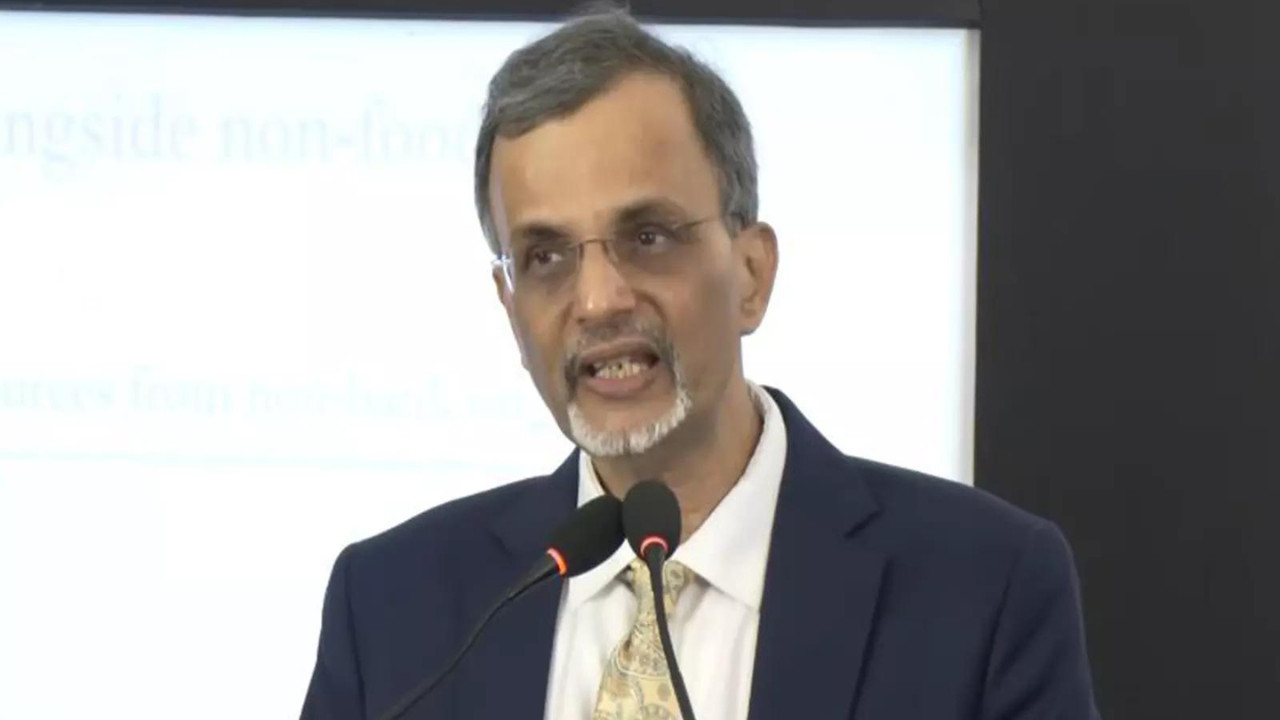New GST rates 2025 full list effective today: The Modi government’s next-generation GST reforms take effect on September 22, 2025, coinciding with the start of Navratri. These reforms reduce tax slabs to 5% and 18%, making household items, cars, and food cheaper. Here is the full list of new item-wise GST rates:
Navratri Brings a Basket of Changes: Decoding the Latest GST Tweaks
India’s tax landscape just got a little more interesting, just in time for Navratri! The Goods and Services Tax (GST) Council recently shuffled the deck, revising rates on a variety of goods and services. What does this mean for your wallet, and which festive purchases will be lighter on your pocket? Let’s dive in.
The GST, implemented to streamline India’s indirect tax system, is subject to periodic reviews and adjustments. These revisions reflect the government’s efforts to optimize revenue collection, address industry concerns, and ultimately impact consumer spending. The recent update brings a mixed bag of changes, with some items becoming more affordable and others seeing a slight price bump. Understanding these changes is key to making informed purchasing decisions, especially with the festive season in full swing.
A Closer Look at What’s Cheaper After the GST Rate Revisions
Several sectors are breathing a sigh of relief as the GST council lowered the tax burden on certain items. Consider unwrought precious metals like gold. The reduction of GST on these can potentially lower the cost for consumers looking to invest in gold this Navratri.
But the benefits extend beyond just precious metals. Fertilizers, crucial for the agricultural sector, have also seen rate adjustments. This could translate to lower input costs for farmers, potentially impacting food prices down the line. The government hopes these changes will stimulate demand and benefit both producers and consumers.
Where Will You Pay a Little More? GST Rate Increases Explained
While some items have become more affordable, others are now subject to higher GST rates. Certain processed food items, for instance, may see a slight price increase. The reasoning behind these hikes often revolves around revenue considerations and aligning rates with similar product categories. While the impact on individual purchases might seem minimal, these cumulative changes can influence overall household budgets.
Keep an eye out specifically for changes in processed foods, as the rates are now standardized. If you’re planning a large festive feast, it’s worth comparing prices before you stock up.
Navigating the Nuances of the New GST Rates
The GST structure involves different tax slabs (0%, 5%, 12%, 18%, and 28%), and changes can occur within these slabs for specific goods and services. Understanding which slab your intended purchase falls into is crucial. The latest revisions primarily focused on shifting items between these slabs, either upward or downward, based on their classification and perceived impact on the economy.
For instance, solar power projects saw changes. The intention here is to promote renewable energy adoption, but the specifics can be complex. It’s always a good idea to consult reliable sources and perhaps even consult a tax professional if you’re dealing with significant business-related transactions.

GST and the Festive Season: A Consumer’s Guide
The timing of these GST revisions, right before Navratri, is no coincidence. The festive season traditionally sees a surge in consumer spending, and the government aims to capitalize on this increased economic activity. By adjusting GST rates, they hope to encourage spending in certain sectors while generating revenue to support various initiatives.
For consumers, this means it’s more important than ever to be price-conscious and aware of the GST implications of your purchases. Shop around, compare prices, and factor in the GST when budgeting for your festive celebrations. Don’t hesitate to ask retailers about the applicable GST rate on specific items.
How This Affects Businesses
Businesses will need to adapt quickly to the updated GST rates. This involves updating their pricing strategies, adjusting invoices, and ensuring compliance with the new regulations. Clear communication with customers is also essential to maintain transparency and build trust. For businesses utilizing cloud-based solutions, a comprehensive GST return filing process is greatly simplified. Learn more about [cloud accounting benefits](internal-link-to-related-content).
The Bigger Picture: The Future of GST in India
The GST is an evolving system. The ongoing adjustments reflect the government’s commitment to refining the tax structure and maximizing its effectiveness. Future revisions are likely as the economy evolves and new challenges emerge. Staying informed about these changes is crucial for both consumers and businesses to navigate the tax landscape successfully.
Ultimately, the recent GST revisions are a reminder of the dynamic nature of India’s tax system. While some items may become slightly more expensive, others will offer some relief. By understanding these changes and making informed purchasing decisions, we can all navigate the festive season with confidence. The best approach? Stay informed, compare prices, and enjoy the celebrations!







